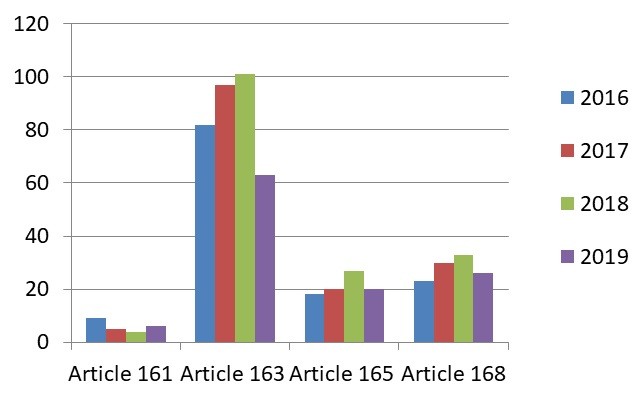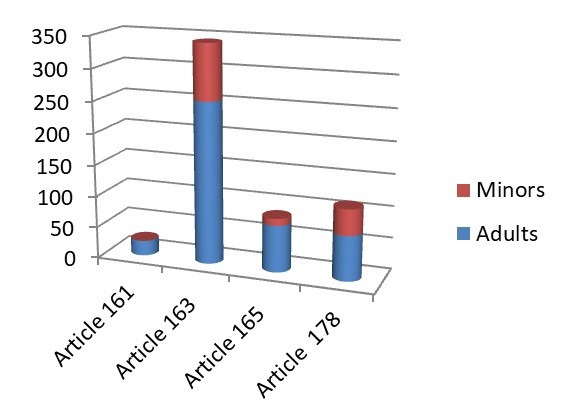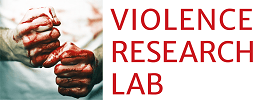Cyberbullying
Written by: Valentina Šapina
The Internet is part of the present, but also the future of all of us, and we have all become part of the global computer network that is necessary for our daily lives, however, there is still a great ignorance of the “dark side of the Internet" to which we are exposed. The biggest problem in the use of the Internet arises with the topic of the safety of children who at an earlier age become victims of violence of crimes committed over the Internet. Children access social networks at an ever younger age so they at an early age become exposed to risky behaviors such as hate speech, ridicule, misuse of personal data (posting photos, posting messages, etc.), sexting, stealing user data, creating fake profiles and similar behaviors that leave lasting and unwanted consequences on them. At an early age they access social networks such as Facebook, Instagram, TikTok, snapchat, twitter, tinychat, Larinchat, etc., and play online games that allow them to communicate with strangers and in such behaviors become victims of cyberbullying and often become more prone to risky behavior themselves.
Violence over the Internet is more frequent because the perpetrator is “protected" by anonymity, does not see the victim’s reaction to his behavior which leads to a lack of empathy and lack of fear of sanctioning for inappropriate behavior which is also often accompanied by approval of the followers on the Internet.
In order to prevent these forms of violence and sanction the perpetrators a few years ago the Ministry of the Interior of the Republic of Croatia launched an application used for online reports of violence called “RedButton" [source]. From September 2013 to October 2017, out of a total of 2,910 reports received through the Red Button 2499 applications were related to reporting inappropriate content on the Internet and in 411 cases victims or their acquaintances reported specific events of sexual or other abuse (Matijević, 2017).
According to the statistical data of the Republic of Croatia most often crimes committed against children on Internet are: criminal offenses of luring children to satisfy sexual needs described in art. 161 of the Croatian criminal law; exploitation of children for pornography described in art. 163 of the Croatian criminal law; introducing children with pornography described in art. 165 of the Croatian criminal law (criminal offenses of sexual abuse and exploitation of a child) and violation of child privacy described in art. 178 of the Croatian criminal law (criminal offense against marriage, family and children) [source].
Statistical data of the Republic of Croatia shows that the criminal offenses of exploiting children for pornography are comitted almost four times more than other criminal offenses covered by this analysis and other most frequently committed criminal offense against children is Violation of Child Privacy. There is also a noticeable tendency of increase the observed criminal offences in the four year period which indicates on fact that the greater the availability of the Internet (falling prices for Internet services, falling prices for Internet access devices, etc.) also leads to an increase in these crimes.

Picture 1. Reported adult and juvenile perpetrators of criminal offenses in the Republic of Croatia [source]
Observing the perpetrators with regard to age it is evident that in observed criminal offenses adults and minors appear as perpetrators. The highest representation of juvenile offenders in the observed sample of criminal offenses is in criminal offenses exploitation of children for pornography (art. 163) where the share of minors is a little more than 25% of the total number of perpetrators of these crimes and in the criminal offense of Violation of child privacy (art. 178) where the share of juvenile perpetrators is a little more than 36% of the total number of perpetrators of these crimes.

Picture 2: Review of adult and juvenile perpetrators of criminal offenses from 2016 to 2019 year [source]
On this topic EU Kids Online 2020 conducted a survey in 19 European countries in the period from autumn 2017 to summer 2019 which included 25,101 children aged 9 to 16 who explored the risks and opportunities which the Internet provides to children in Europe (electronic violence, viewing harmful content, data abuse, excessive use of the Internet, sexting and meeting strangers on the Internet) [source].
The mentioned research was also conducted by Croatia in which 1 017 children aged 9 to 16 and their parents participated in the research. The research found that children most often access the Internet with smartphones and tablets and can usually access it whenever they want or need, almost every third child in the last year has communicated on the Internet with people they have not met live and more than a tenth in the last year they met live with a person they met over the Internet, more than half of the children received a hurtful or inappropriate message and nearly 2/3 of the children saw sexual photos or a movies of a naked person without having intention of seeing them (Ciboci i sur., 2020).
This research as well as the increase in the number of crimes committed against children using communication devices and the Internet indicates the need to raise awareness of children and their parents about using the Internet, the dangers of publishing photos and other personal data and the potential dangers that “lurking" in communication with strangers. Introducing the subject of informatics as a compulsory subject in primary schools from lower grades would serve to raise children awareness of the media, teach them to respect other users in the Internet space, encourage critical thinking and teach them ways to protect and report electronic violence [source].
References
Ciboci, L., Ćosić Pregrad, I., Kanižaj, I., Potočnik, D., Vinković, D. (2020). „Nacionalno istraživanje o sigurnosti djece na Internetu, HR Kisd Online“, str. 1-51, veljača 2020. godine, Zagreb
Matijević, A. (2017). Stručno usavršavanje policijskih službenika za mladež studeni 2017, Zagreb
